Once upon a time, Mumbai was a residence for India’s princes and pomp. A walk along Malabar Hill and Breach Candy lets you see the ghosts of palaces past

The old US Consulate Pic/Getty Images
Netflix’s The Royals may have done justice to Ishaan Khattar’s physique, but it fell flat when it came to capturing the real drama of royal life. The true picture is very different; but if it sparked curiosity about the royals, you needn’t leave Mumbai. Malabar Hill was lined with once-opulent palaces back in the day. The neighbourhood wasn’t just posh, it was practically a parade of Maharajas.
After the Governor of Bombay shifted his residence from Parel House (now Haffkine Institute) to this sea-kissed slope in 1883, the Maharajas followed. And where royalty goes, fancy residences are not far behind. Centuries later, what’s left are repurposed buildings and plenty of intrigue. You can go on a quick royal crawl through South Mumbai to see what’s hiding in plain sight.
Wankaner’s sea palace
One of the lesser-known but grand stories belongs to Maharaja Amar Sinhji of Wankaner, Gujarat. In 1936, he handpicked a plot a kilometre from Mahalakshmi Temple, designed his sea palace, and filled it with artefacts from around the world. Post-Independence, it was leased to the US Government and became the city’s visa hub until safety concerns moved the Consulate to BKC.
Patiala’s full house
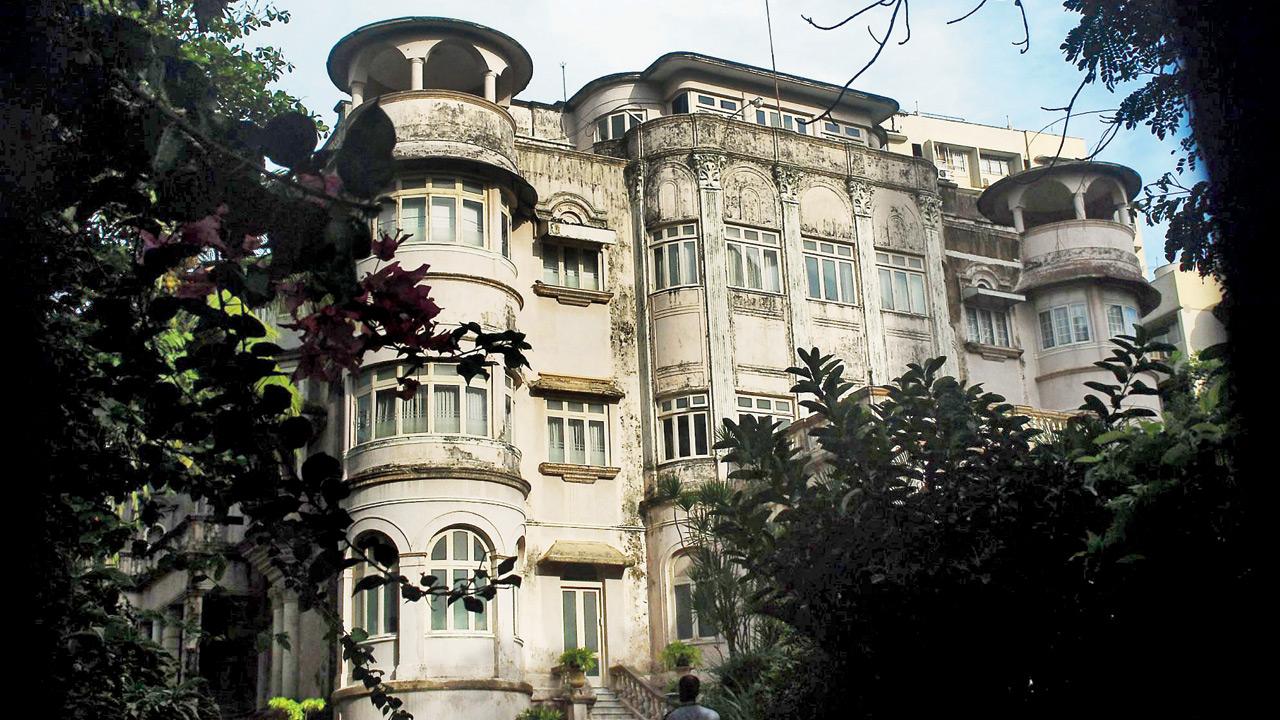
Kilachand House. Pics/Mid-day Archives
Bhupinder Singh of Patiala, known for his outrageous opulence, acquired a 25-bedroom mansion near Breach Candy. The mansion was first owned by a Parsi ship-building family from Surat. Later, it changed hands from the Parsis to the Maharaja of Patiala, and then to the Kilachand family. Today, this marble-and-fountain beauty is known as Kilachand House, still home to the industrialist family that purchased it in 1938. The staircase alone could be a tourist attraction.
Kutch’s legacy
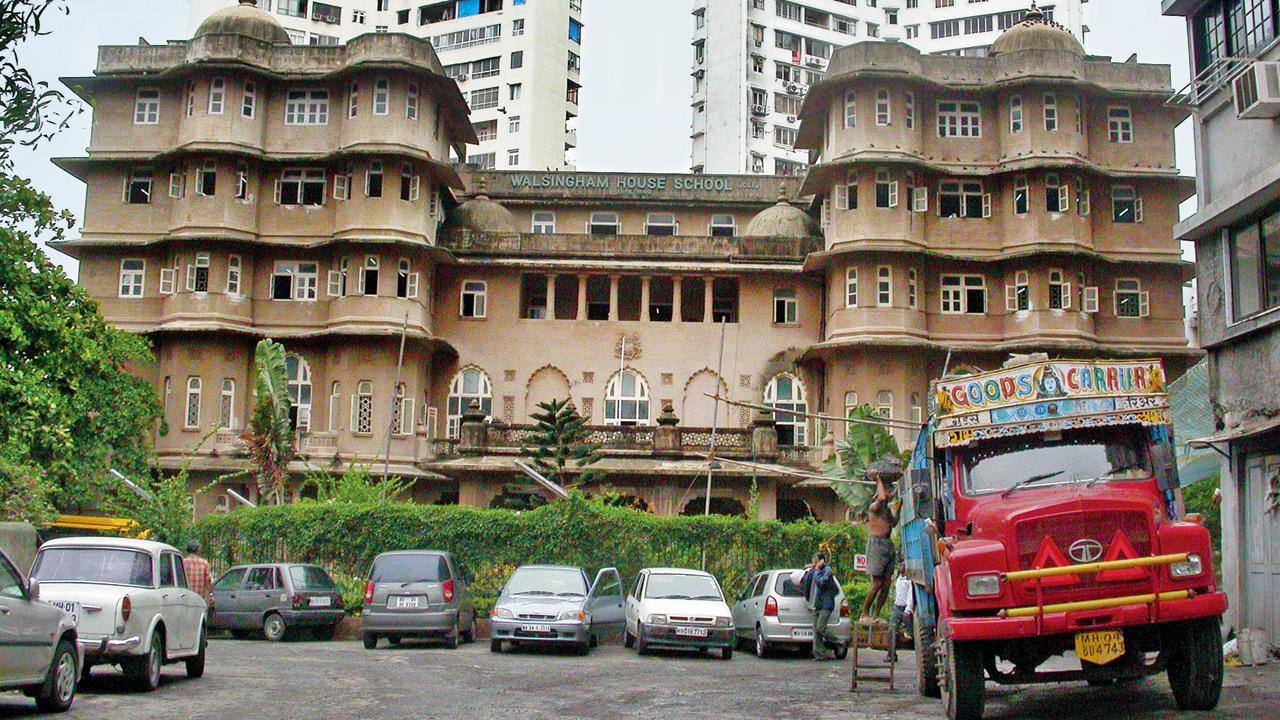 Walsingham School
Walsingham School
Along the coast, the Maharaja of Kutch built his sea-facing palace in golden sandstone. It’s now home to Walsingham High School for Girls, which added an extra floor post-Independence around the 1950s. Imagine learning algebra in a royal room.
Indore to Bhavnagar, with a stop at Sophia
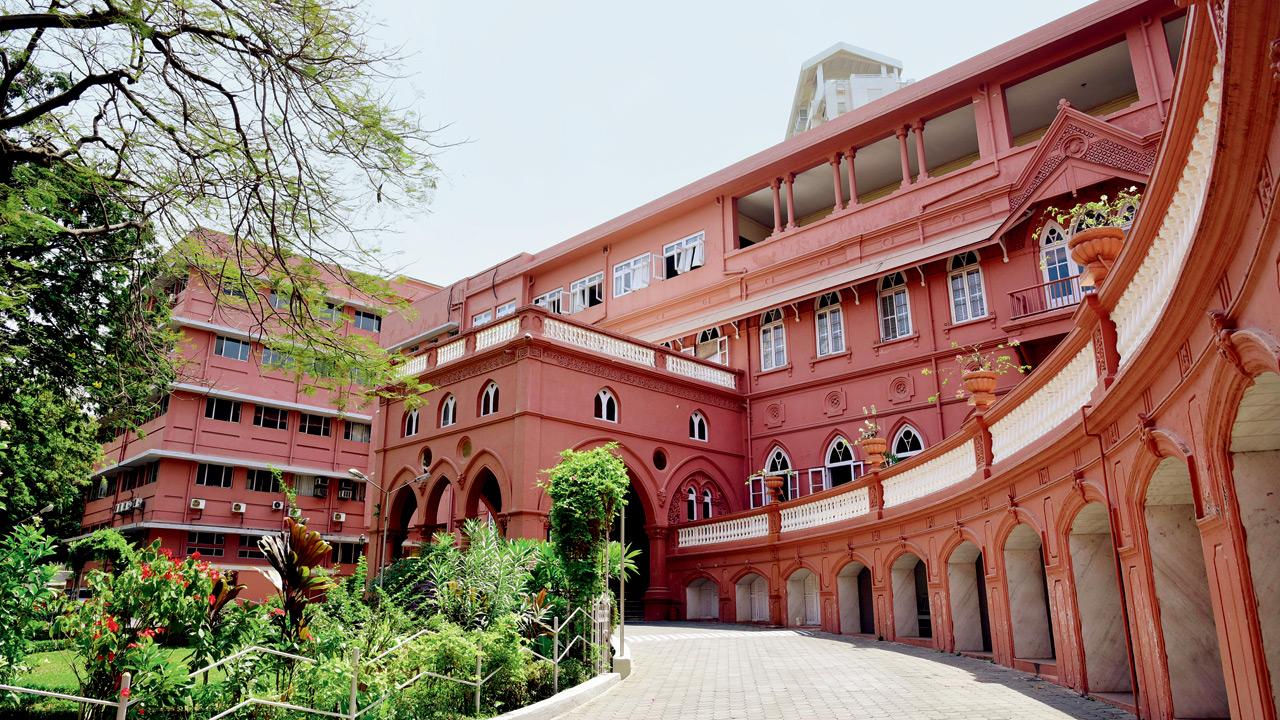
Sophia College
This pink palace, now home to Sophia College for Women, was built by the East India Company, passed from the Ashburners to Tyabjis to the Vakeels, then to the Holkars of Indore. After the Bawla murder case scandal in 1925, it was sold to the Bhavnagar royals and eventually gifted to the Sophia Sisters in 1940.
Bansda’s retreat
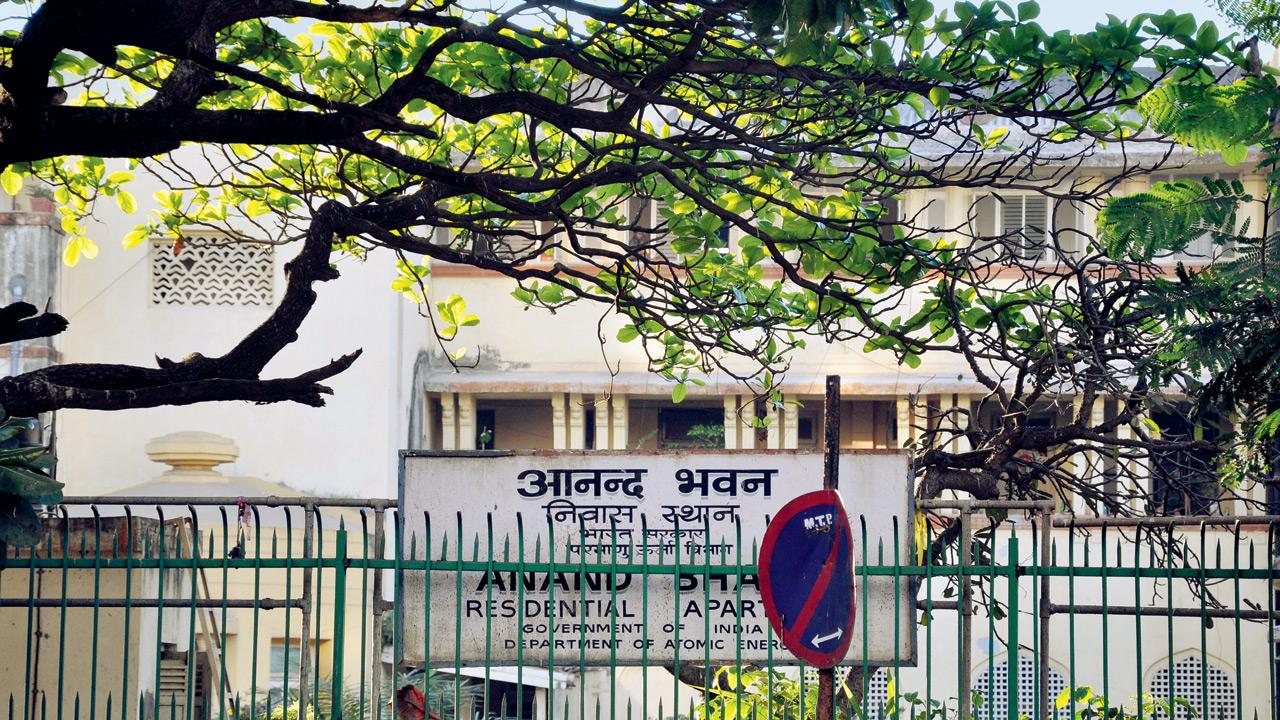
Anand Bhavan
Next to Breach Candy Hospital, a quiet little structure once belonged to the Maharaja of Bansda. Today, it’s Anand Bhavan and houses Atomic Energy Commission officers. Its garden sometimes still hosts official functions, a leafy reminder of regal roots.
Gwalior’s art deco opulence
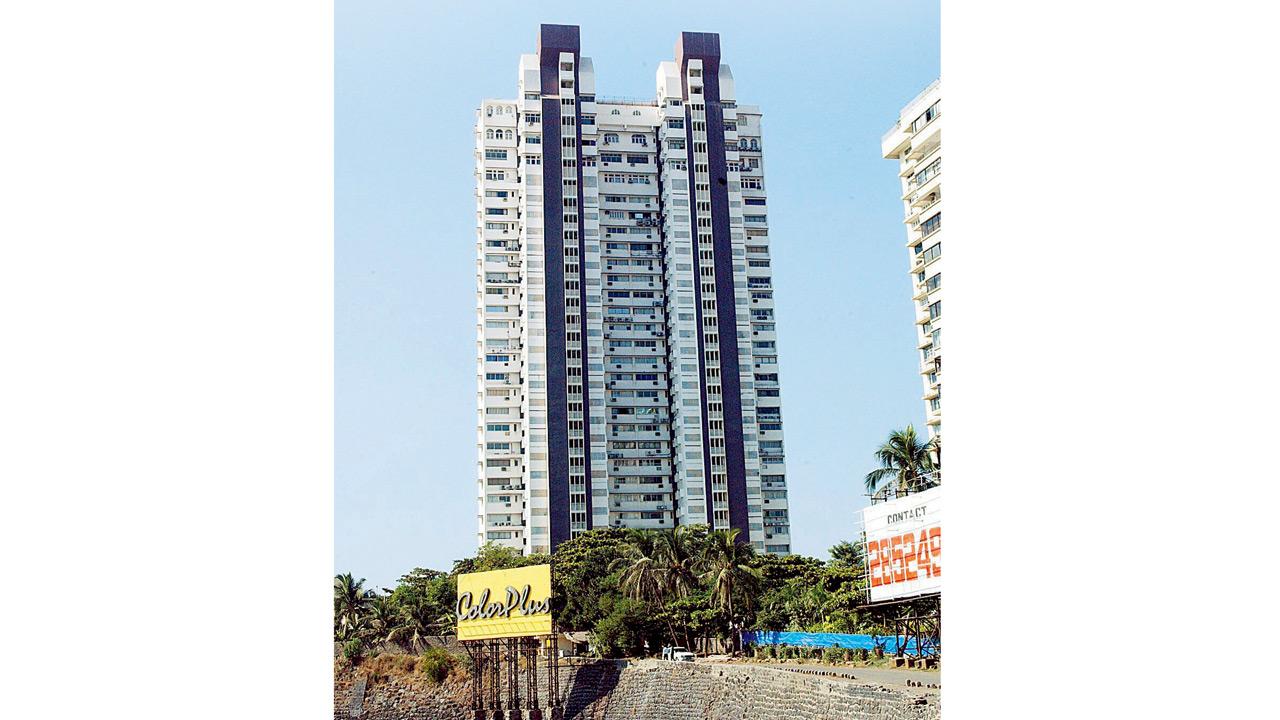
Samudra Mahal
Commissioned by the Scindias of Gwalior, Samudra Mahal sprawled over 20 acres with a view of the sea, the Race Course, and the Haji Ali dargah. With 35 bedrooms and a clubhouse, this Art Deco gem in Worli symbolised ultimate luxury. Over time, it was replaced by Shivsagar Estates, Eden Hall, and the high-rise tower that still bears its name, Samudra Mahal. Rumour has it, the Scindia family still occupies the top two floors.
Palaces lost to time
Hyderabadi excellence: Not every story has a structure to show for it. The Nizam of Hyderabad once owned a 99-acre estate at Malabar Hill, now occupied by government housing.
Kolhapuri rajeshahi: The Kolhapur royals’ palace was near Haji Ali, where today you will find Shivtirth Building and a petrol pump.
Baroda’s mahal: The Gaekwads of Baroda built Jay Mahal. With sea views to rival a 5-star hotel today, the palace was modelled on Baroda’s Laxmi Vilas Palace. Sadly, only the outer compound walls remain, and you can spot them while strolling through Priyadarshini Park.
Plot this crawl
Start at Priyadarshini Park (for a peek at Jay Mahal’s remnants), pass Breach Candy to glimpse Kilachand House and Anand Bhavan, and circle toward Sophia College. You may not get access to all the interiors, but even their façades showcase the grandeur that once was.
1938
Kilachand House purchased by the industrialist family
 Subscribe today by clicking the link and stay updated with the latest news!" Click here!
Subscribe today by clicking the link and stay updated with the latest news!" Click here!










